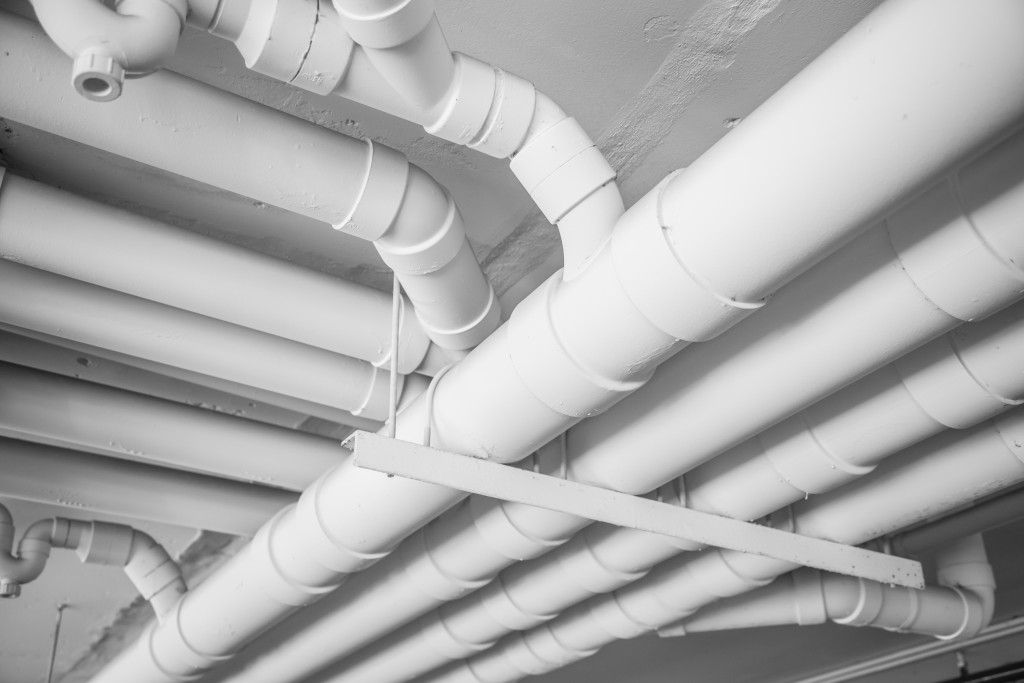The plumbing system is an important component of a household. Having a clean water supply is considered as one of life’s necessities. All that comes from the main source, which is one of your utility providers. When it reaches your house, its distribution is done through the network of pipes underneath the floors and hidden behind walls. This is a collection of conduits that can handle all the pressure and elements that flow through them. The parts used here range from the straightforward type, consisting of a few sturdy tubes connected by fittings, all the way up to specialty piping products that may come with fancier stuff attached like flow indicators used mainly for diagnostic and observation purposes.
Creating a pipeline requires a lot of thought and planning. You have to visualize where the source is and where each exit point would be in the house. The type of pipe should also be considered as they are available in various options.
The Metals
The different pipes you will be presented with will depend on their purpose and where they are placed in your house. Metals are known as some of the toughest materials on this planet. Their durability should allow them to withstand tremendous pressure and various chemical reactions. You can place metal pipes, even in areas that are hard to reach, since their characteristics make them a low-maintenance component.
The copper pipe is one that falls under this category. Depending on where you plan on using them, you can choose between pipes that are either rigid or flexible. The former is something you can use as part of the network nearest to the main valve, and you have to join them together by soldering them. For the latter, you can place that near any endpoint, such as faucets and showerheads. Repair or modification is easy because you can just saw it off if needed. They are great conductors, which means that they are perfect for transporting hot water to your bathrooms.
Galvanized steel also offers tank-like durability and a rougher finish. This is a material that does not rust easily and can have a lifespan of more than two decades.

The Plastics
If you are on a budget, some pipes are made of plastic that still are strong enough to withstand the abuses in a water pipeline. The most popular one among these is PVC or polyvinyl chloride. It feels sturdy when you touch it, but you have to be mindful of the temperature of the water that you want to run for it. It only handles temperatures up to 140 degrees Fahrenheit. You will still be fine, including this in your pipeline indoors, as it will degrade when placed under the sun. The great thing about it is it will not experience having rust in its lifetime.
There is another type of PVC, which is fused with the chemical chlorine. Chlorinate polyvinyl chloride or CPVC has all the characteristics of a regular PVC. What makes this material special is its ability to withstand temperature up to 200 degrees Fahrenheit.
The Flexibles
While there are flexible versions of PVC, what you want to get is the PEX or cross-linked polyethylene pipe. This can bend its way into your house’s labyrinth of plumbing and would still be able to withstand high water pressure and extreme heat. Like CPVC, PEX can handle temperatures up to 200 degrees Fahrenheit. Its flexibility makes it great for replacing broken pipes, and you don’t have to worry about using extra fittings or doing some cutting. Just take the old pipes out, and link the ends together with a long PEX pipe.
Just like PVC, PEX pipes should avoid being exposed to the sun. Being exposed to high outdoor temperatures makes this material warp and get brittle. That will cause it to shatter when you hit it with something.
The Giants
Residential pipes usually have diameters that range in size from one to four inches. That is large enough to transport water within your home. But if you want to supply water over long distances, you need to up the ante with bigger pipes. You can use one that has a diameter up to 12 inches and made of cast iron. This would be useful in transferring water between cities.
Water is an important part of life. It can quench your thirst, hydrate your body, and help promote cleanliness. You have to thank your home’s pipelines for providing you a system that makes sure all the faucets have strong flowing water.

